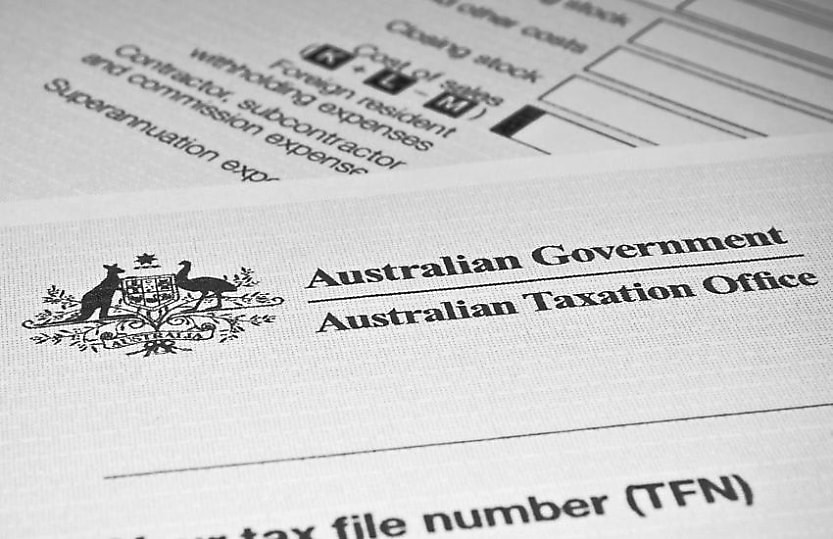ATO interest charges hit highest level in a decade

The general interest charge rate and the shortfall interest charge rate both rise again for the April to June quarter.
The ATO has raised both its general interest charge (GIC) rate and shortfall interest charge (SIC) rate for the sixth quarter in a row, lifting it by 0.4 per cent.
The GIC annual rate for the April to June quarter would be 10.46 per cent while the SIC annual rate would be 6.46 per cent, the tax office said.
The increase means both charges have hit their highest levels in more than a decade, since the December quarter of 2012 when the GIC annual rate was 10.62 per cent and the SIC annual rate was 6.62 per cent.
For the same quarter last year, the rates only increased by 0.03 per cent, with the GIC rate at 7.07 per cent and the SIC rate at 3.07 per cent.
The ATO applies the GIC rate to late or unpaid tax liabilities or excessive shortfalls in income tax instalments that were incorrectly varied or estimated.
The SIC can be applied by the ATO rather than the GIC when taxpayers would be unaware of the shortfall amount until they have received an amended assessment.
However, GIC applies to the original assessment of any tax shortfalls and associated SIC from their due date if the tax is unpaid.
The due date in this instance is 21 days after the ATO issues the notice of the amended assessment.
Both the SIC and GIC rates are determined by a formula in the Taxation Administration Act 1953 which relies on the 90-day bank bill rate rather than the high-profile RBA cash rate.
To calculate the GIC rate, 7 percentage points are added to the average bank bill base rate for a month, which is specified by the act, in the preceding quarter.
For example, to determine the rise from 1 April the ATO would have used the 90-day bank-accepted bills for the preceding February.
The SIC rate can be calculated by using the base interest rate, the 90-day bank-accepted bill rate and an uplift factor of 3 per cent.
In its pre-budget submission, CPA Australia supported reducing the interest rate charged on outstanding tax liabilities to the interest rate paid by the government.
“We support this recommendation of the Standing Committee on Tax and Revenue as small businesses often incur above-market interest costs for tax liabilities that are usually paid within 90 days,” said the association.
IPA general manager of technical policy Tony Greco said GIC was an essential deterrent that applied to unpaid tax liabilities.
“If it was not applied taxpayers would use the ATO as a lender of last resort so the GIC should be high enough to discourage such behaviour,” he said.
“The ATO does have a remission policy that allows the GIC to be waived and we have found based on member feedback that it is been used in a fair and reasonable way particularly for special circumstances.”
About the author







